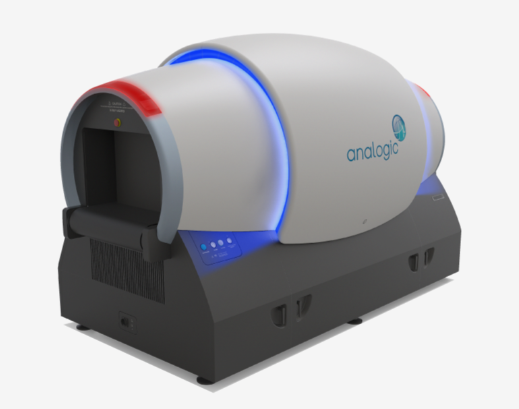TSA’s New CT Scanners: The End of a Popular Travel Hack?
The recent introduction of Analogic CT scanners by the TSA has left many frequent travelers fuming (particularly TSA PreCheck and Global Entry members). While the convenience of leaving everything in your bag is a boon to infrequent travelers who don’t have TSA PreCheck, those of us who have PreCheck have enjoyed this benefit long before the introduction of the new scanners. We have to put up with much longer screening times at checkpoints equipped with CT scanners, and unlike for those in the general screening lanes, we get zero added benefit in exchange for the much slower screening.
In my opinion, a potential solution would be to reserve the CT scanners for general screening lanes, preserving the efficiency of the old-school X-ray machines for the benefit of PreCheck members. In general screening lanes, the added time to screen each bag is likely canceled out by the time saved not waiting for frazzled, infrequent travelers to remove laptops and liquids from their bags prior to sending them through. But in PreCheck lanes, this is a huge loss with zero positive trade-off.
A recent post on Reddit’s /r/TSA made me realize yet another unintended consequence of these new CT scanners—they effectively eliminate a popular travel hack.
Traditionally, savvy travelers without elite airline status have utilized a simple hack to save $30-40 on bag fees: bring a bag you intend to check through TSA, then “volunteer” to check it at the gate. Gate agents, more often than not, have been accommodating of this practice, especially with legacy carriers. Rarely would anybody be told no or charged a fee; you’re volunteering to perform a kind and selfess act by checking your luggage and giving up your overhead bin space for another passenger! (This, however, doesn’t work on low-cost carriers that charge for carry-ons.)
The TSA’s role, as they saw it, has solely been to prevent prohibited items from making their way onto flights, leaving the decision of whether a bag fits in the bag sizer up to the airlines to enforce. They don’t get paid enough to argue with you over your bag being half an inch too wide. As long as you’re in compliance with 3-1-1 and other security regs, you’re good.
For travelers like me, who occasionally push the limits of punctuality when departing from airports lacking a lounge, this hack has been a reliable workaround for strict bag check cutoffs. If you miss the standard bag check cutoff time, you could simply follow these same steps at the gate; not only do bag fees typically not apply at the gate, but the cutoff times are significantly more lenient. While the FAA no longer really cares about voluntary separation of passenger and baggage on domestic flights, the airlines still seem to enforce this pretty strictly; if your checked luggage can’t make the flight, neither will you – even if you can still make it to the gate prior to closing. While I rarely check bags anymore, when I do, I’ve always packed them for 3-1-1 compliance just in case I needed to do this.
The introduction of the new CT scanners has shifted the dynamic here. Unlike the old X-ray machines where you could slide your bag directly onto the conveyor, the CT machines mandate that everything, including luggage, must go into a plastic bin. If your luggage doesn’t fit, TSA won’t permit it through. Full stop.
This change puts the TSA in the unexpected role of determining whether your bag meets the size criteria. It adds an extra layer of scrutiny to the screening process, potentially complicating this once straightforward strategy of gate-checking a bag.
Let’s just hope TSA backtracks on this little CT scanner experiment, at least for PreCheck members.

